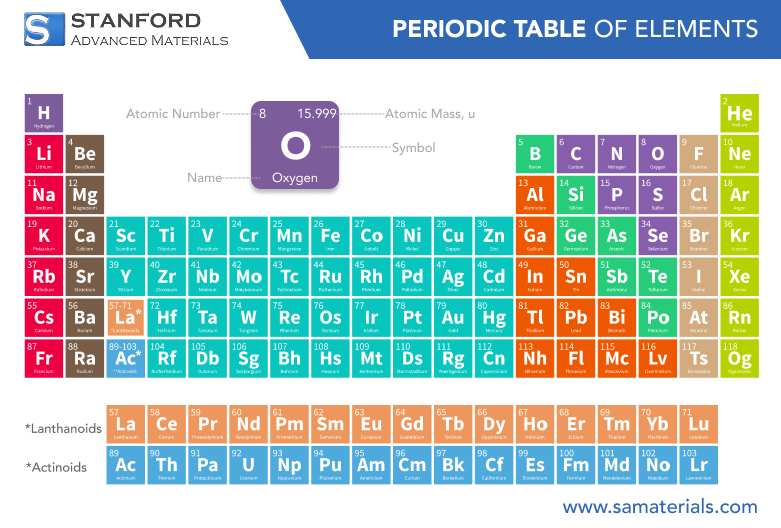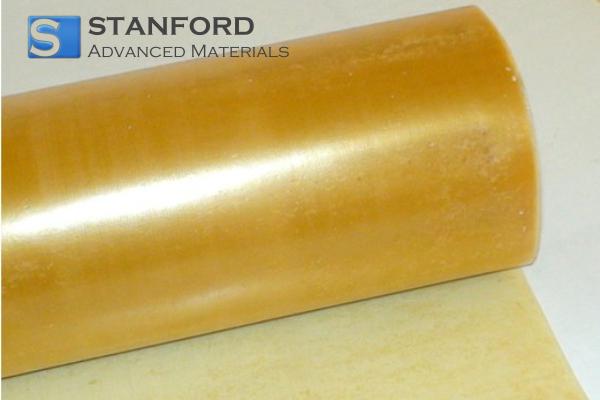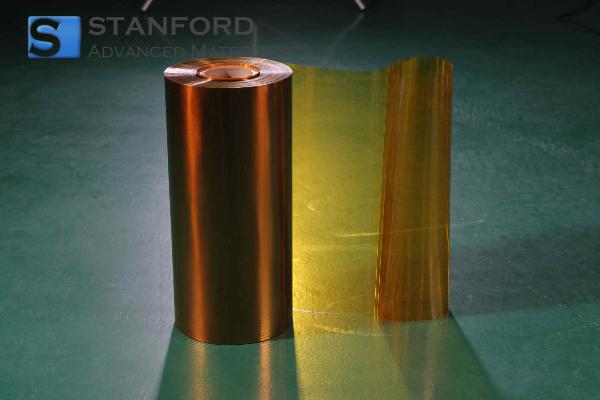Oxygen: Element Properties And Uses
Description
Oxygen is a vital element in the Earth’s atmosphere, crucial for life processes and various industrial applications. It is widely used in medicine, manufacturing, and chemical processes.
Introduction to the Element
Oxygen is a chemical element with the symbol O and atomic number 8. It is a member of the chalcogen group on the periodic table and is essential for respiration in most living organisms. It constitutes around 21% of the Earth's atmosphere and is involved in numerous biological and chemical processes.
It was discovered in the late 18th century by scientists Carl Wilhelm Scheele and Joseph Priestley. Oxygen is highly reactive and forms compounds with most elements. It is a key component of water (H2O) and many minerals and is used in various industries for processes such as combustion, sterilisation, and steel production.

Chemical Properties Description
Oxygen is a colourless, odourless, and tasteless gas that is essential for combustion and respiration. It readily forms compounds, including oxides, with a wide range of elements. Some key chemical properties include:
- Reactivity: Oxygen reacts with many metals to form oxides, such as iron oxide (rust).
- Oxidising Agent: It is a powerful oxidising agent and is involved in processes such as combustion and respiration.
- Ozone Formation: In the upper atmosphere, oxygen can form ozone (O3), which plays a critical role in protecting Earth from harmful ultraviolet radiation.
- Acidic Oxides: Oxygen can form acidic oxides, such as sulphur dioxide (SO2) and carbon dioxide (CO2), which can dissolve in water to form acids.
Physical Properties Data Table
|
Property |
Value |
|
Molecular Weight |
32.00 g/mol |
|
Density |
1.429 g/L (0°C, 1 atm) |
|
Melting Point |
-218.79°C |
|
Boiling Point |
-183.00°C |
|
Appearance |
Colourless, odourless, tasteless |
|
State at Room Temp |
Gas |
|
Solubility |
0.0031 g/L (25°C) |
For more information, please check Stanford Advanced Materials (SAM).
Common Uses
Oxygen is crucial in many areas, including:
- Respiration: Vital for the survival of most life forms.
- Medical Use: Used in hospitals to treat patients with respiratory difficulties, often in the form of oxygen therapy.
- Industrial Applications: Used in the production of steel, welding, and cutting metals.
- Aerospace: Essential for life support in space exploration.
- Water Treatment: Used in the treatment of wastewater to increase oxygen levels for bacterial decomposition.
Preparation Methods
Oxygen can be obtained through several methods:
- Fractional Distillation of Air: Liquid air is heated, and oxygen is separated from nitrogen based on different boiling points.
- Electrolysis of Water: By passing electricity through water, oxygen and hydrogen gases are produced.
- Decomposition of Potassium Chlorate: Heating potassium chlorate (KClO3) in the presence of a catalyst to release oxygen gas.
Related Industrial Products
Oxygen is used in many industrial products, including:
- Oxygen Cylinders: For medical and industrial use.
- Ozone Generators: For disinfecting air and water.
- Welding Torches: For cutting and welding metals.
- Oxygen Concentrators: Used in healthcare for continuous oxygen supply to patients.
Frequently Asked Questions
What is the role of oxygen in respiration?
Oxygen is essential for the process of cellular respiration, where it helps convert glucose into energy in the form of ATP.
How is oxygen used in the medical field?
Oxygen is used in hospitals for oxygen therapy, particularly for patients with respiratory conditions such as asthma or pneumonia.
Why is oxygen important in industrial applications?
Oxygen is used for combustion in industries, such as steel production, and for processes such as welding and cutting metals.
How is oxygen produced in nature?
Oxygen is produced by plants and algae through photosynthesis, where they convert carbon dioxide and water into oxygen and glucose using sunlight.
Can oxygen be dangerous?
While oxygen is necessary for life, it can be hazardous in high concentrations, causing oxygen toxicity, which can affect the lungs and the central nervous system.

 Bars
Bars
 Beads & Spheres
Beads & Spheres
 Bolts & Nuts
Bolts & Nuts
 Crucibles
Crucibles
 Discs
Discs
 Fibers & Fabrics
Fibers & Fabrics
 Films
Films
 Flake
Flake
 Foams
Foams
 Foil
Foil
 Granules
Granules
 Honeycombs
Honeycombs
 Ink
Ink
 Laminate
Laminate
 Lumps
Lumps
 Meshes
Meshes
 Metallised Film
Metallised Film
 Plate
Plate
 Powders
Powders
 Rod
Rod
 Sheets
Sheets
 Single Crystals
Single Crystals
 Sputtering Target
Sputtering Target
 Tubes
Tubes
 Washer
Washer
 Wires
Wires
 Converters & Calculators
Converters & Calculators
 Write for Us
Write for Us




 Chin Trento
Chin Trento



